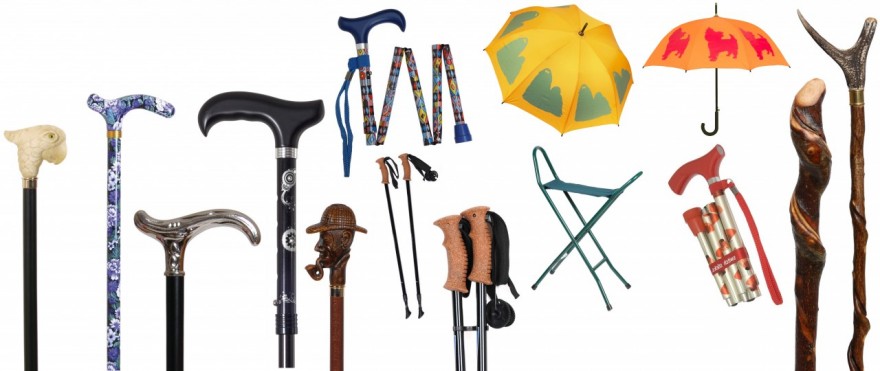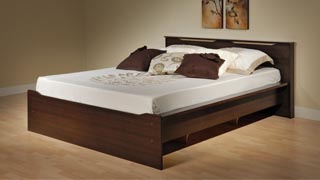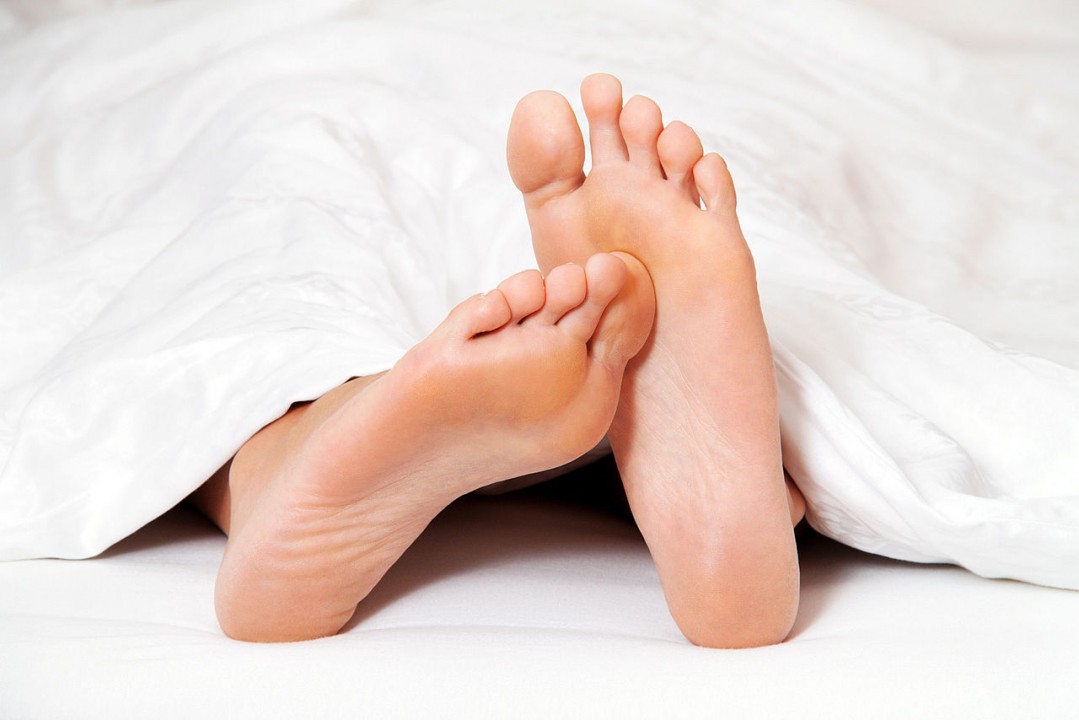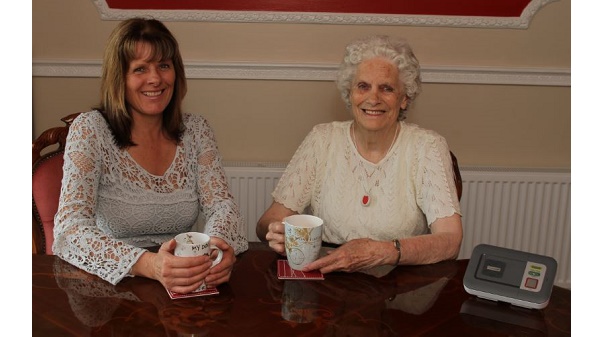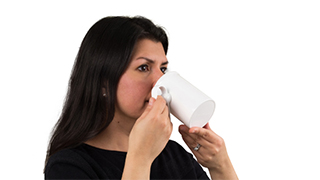How to choose the right walking stick
When most people think of walking sticks, a traditional wooden crook cane springs to mind, but in reality, there is an enormous choice of sticks available on the market today. A stick doesn’t need to scream “disability”. You can buy brightly coloured sticks, patterned designs, rustic country sticks which are full of character and novelty canes with various animal head toppers.
What is a gadget or system stick and why choose one?
Gadget or system sticks are great for people who could do with a stick for balance, but don’t want to be seen using a walking stick. Take umbrella sticks, for example. They have a comfortable stick handle, a metal ferrule (tip) and function as any other walking stick does, but they also double up as an umbrella. To everybody else they look like umbrellas, not sticks. Ingenious!
When to choose a hiking pole?
Hiking poles have more of a recreational appeal. They are strong and reliable and can be adjusted in height. The handles are usually grip or crutch style handles and the spiked tip can be covered by a rubber ferrule for gripping on hard ground (such as pavements). Again, for people who don’t want to use a walking stick, when actually it really would be a good idea to use one for stability, hiking poles (either one or a pair) are another good option, particularly with the growing popularity of Nordic walking for health and fitness.
Smarter canes
If the novelty, patterned or brightly coloured sticks are not quite right for your older relative, then the choice of formal and smart dress canes is also substantial. Silver plated, chrome and brass plated canes are perfect for those who want a smart stick that looks more like an accessory than a mobility aid. For evenings out, you can get a Swarovski crystal embellished cane, which certainly adds a sparkle.
Walking sticks for the countryside
For country folk, handmade and rustic country sticks provide a great talking point, as well as strong and reliable companions for life. Red stag antler and ram’s horn, as well as rare woods such as Blackthorn and twisted hazel, are some of the materials commonly used for country stick making. Handmade sticks are all unique and they end up being the user’s best friend.
How to measure your older relative for a stick of the correct height
Ask the person to stand up straight with their arms flat to their sides and then measure the distance from one of their wrists to the ground. This measurement will be the total height of the walking stick they will require (to the top of the handle).
What safety measures should you take when using a stick in and outside the home?
Once you have measured yourself or your older parent correctly for the correct height walking stick and you are holding it in the hand opposite to the affected leg or side of you, there are some hazards inside and outside to be mindful of before you begin walking with a stick.
How to start using the stick first inside the home
- Beware of carpets, rugs and door thresholds which have loose corners or sticking up edges.
- Wet floors should be avoided completely, as even rubber ferrules can loosen their grip on wet floors.
- Recently mopped floors, kitchens, bathrooms and entrance hallways should be checked before walking through or on them.
Check the state of the ferrule on your walking stick every few weeks to make sure it has not been worn down and if it has, replace it as soon as you can.
Ensure good lighting in your home
- Energy saving light bulbs are great, but you need to wait twenty minutes before you can walk up stairs and actually see where you are going, so you might want to consider alternative lighting options here
- Good lighting in your hallway, on the landing and up the stairs are the most important to avoid tripping up over something in the dark, as well as having a switch at the top and at the bottom.
- The NHS advice for going up and down the stairs with a walking stick is to use the handrail and ensure the stick goes on the same step as the affected leg. The unaffected leg should lead going upstairs, and the affected leg when coming down.
When using a stick outside, there are some straight forward and some unusual things to look out for when walking with a stick.
- Wet, icy, muddy and uneven surfaces and pavements need to be walked on with care and areas with wet leaves and snow are best avoided
- Tiled areas and ground covered in slippery algae are also hazards.
- Drain covers with the rows of stick sized gaps are quite a trap for the unassuming pedestrian. It is very easy to get your walking stick stuck in one of those gaps.
To sum up, being safe indoors and outdoors means being aware of wet surfaces, replacing the rubber ferrule on your stick regularly and keeping your indoor environment well lit.
For more information, contact walkingsticksonline



